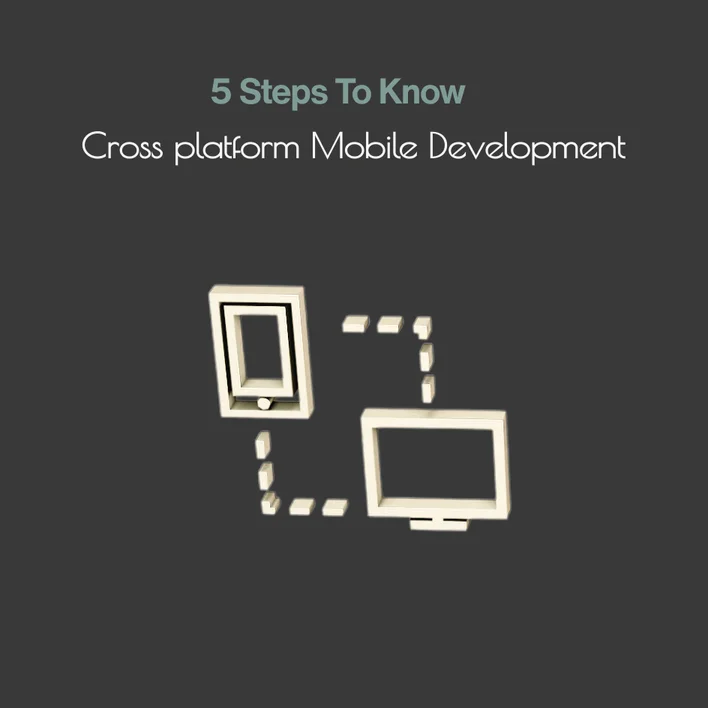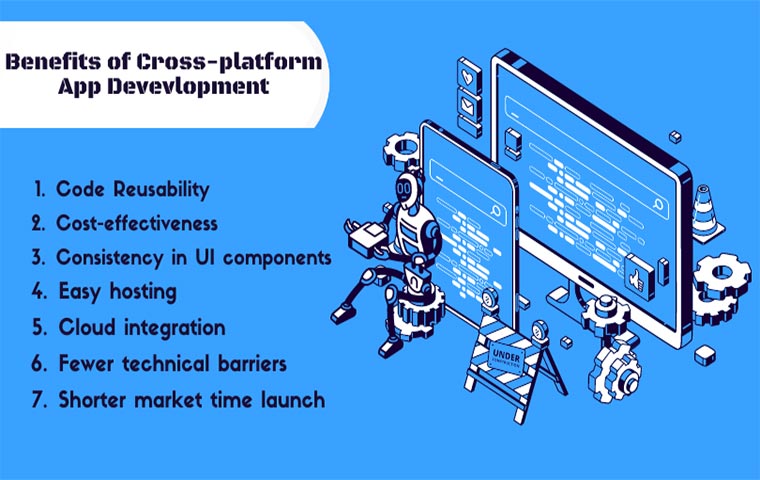The New Era of AI in 2025: From Gemini 3 to Creative AIs
Learn about the best AI tools for 2025, including Nano...
We use cookies for our website to give you the most relevant experience by remembering your preferences. By clicking “accept”, you consent to use of ALL the cookies
This website uses cookies to improve your experience while you navigate through the website. Out of these, the cookies that are categorized as necessary are stored on your browser as they are essential for the working of basic functionalities of the website. We also use third-party cookies that help us analyze and understand how you use this website. These cookies will be stored in your browser only with your consent. You also have the option to opt-out of these cookies. But opting out of some of these cookies may affect your browsing experience.
Necessary cookies are absolutely essential for the website to function properly. These cookies ensure basic functionalities and security features of the website, anonymously.
| Cookie | Duration | Description |
|---|---|---|
| cookielawinfo-checkbox-functional | 11 months | This cookie is set by GDPR Cookie Consent plugin. The cookie is used to store the user consent for the cookies in the category “Analytics”. |
| cookielawinfo-checkbox-functional | 11 months | The cookie is set by GDPR cookie consent to record the user consent for the cookies in the category “Functional”. |
| cookielawinfo-checkbox-necessary | 11 months | This cookie is set by GDPR Cookie Consent plugin. The cookies is used to store the user consent for the cookies in the category “Necessary”. |
| cookielawinfo-checkbox-others | 11 months | This cookie is set by GDPR Cookie Consent plugin. The cookie is used to store the user consent for the cookies in the category “Other. |
| cookielawinfo-checkbox-performance | 11 months | This cookie is set by GDPR Cookie Consent plugin. The cookie is used to store the user consent for the cookies in the category “Performance”. |
| viewed_cookie_policy | 11 months | The cookie is set by the GDPR Cookie Consent plugin and is used to store whether or not user has consented to the use of cookies. It does not store any personal data. |
Functional cookies help to perform certain functionalities like sharing the content of the website on social media platforms, collect feedbacks, and other third-party features.
Performance cookies are used to understand and analyze the key performance indexes of the website which helps in delivering a better user experience for the visitors.
Analytical cookies are used to understand how visitors interact with the website. These cookies help provide information on metrics the number of visitors, bounce rate, traffic source, etc.
Advertisement cookies are used to provide visitors with relevant ads and marketing campaigns. These cookies track visitors across websites and collect information to provide customized ads.
Other uncategorized cookies are those that are being analyzed and have not been classified into a category as yet.
Cyberia Tech, Inc. respects your privacy. This Privacy Policy explains how we collect, use, and share your information. By using our services, you agree to this policy. If any other agreements conflict with this Privacy Policy, the terms of those agreements prevail.
Cyberia Tech complies with the EU-US and Swiss-US Privacy Shield Frameworks for handling personal data from the EEA, UK, and Switzerland. In case of any conflict, the Privacy Shield Principles prevail. Learn more at Privacy Shield. Key Definitions
Information linked to an individual, transferred from the EEA, UK, or Switzerland to the U.S.
Data revealing race, religion, health, sexual orientation, and similar categories.
Effective Date: [ 2025 / 12 / 12 ]
Welcome to The Cyberia Tech ! By accessing or using our website or services, you agree to
comply with and be bound by these Terms of Use and our Privacy Policy. If you do not agree with
these terms, please do not use our Services.
Loading
0 %

Believe it or not, cross platform development is genuinely productive. The primary purpose of cross platform app development is compatibility with various operating systems.
You only need one codebase to handle both parties. To take advantage of this reality, cross platform mobile development is the best option.
Here are the reasons why it is so popular among developers. What are the advantages, and how far has its quality progressed? And what technology will enable it to do so?
Table of Contents
As previously said, cross platform development is used to build applications for various operating systems using a single codebase. As a result, the time-saving process will be planned.
However, in developing native apps, you must spend significant time developing each operating system separately. Read more about it here in multiplatform mobile app development article.

The redemption of cross platform development is to be in all beer and skittle for mobile development; if it fails to exist, the world of mobile technology will lack in app variety.
Also, the modification or updating the app is not time-consuming. You only make changes once, and then it will sync in all application parts on different platforms.
There are a number of frameworks available that cover and enable cross-platform development. From the well-known and widely used react native to Xamarin, Cordova, flutter, native script, and PhoneGap, there is something for everyone.
Each has its own usability, so you have a wide range of possibilities to construct an app in the mobile application development market.
Why React native is trusted and proven since it is similar to native apps. The interface and user interface are satisfactory. If you wish to switch your app to another framework, you can do so without starting from scratch. You have hot reloading, allowing you to observe changes and provide live input.
• On the other hand, Xamarin is useful for what you want to achieve in Objective C and Swift. You can share your code between PC and Mac while testing the logic across platforms.
In the case of easy navigation, the firmly – typed binding will strengthen the development process. Furthermore, with a high-quality program, you will have fewer run-time problems.
• Despite its moniker, PhoneGap has great potential; it’s new, and developers are learning how to use it. You do not need any more expertise to expand the app. It has built-in features for quick access and security.
The main focus of this framework is testing and maintenance. However, remember that the interface is not as good as native programs.

• Cordova is generally satisfactory. It is perfect for JavaScript programmers. Native plugins are available for any supported platform. You can have smooth usability and features if you construct an app in a hybrid form of development.
However, you must be cautious about the general lack of support. Aside from that, some sections are not fully automated, and you must take action manually. Also, pay attention to the settings; you may feel that it is confusing and that extra command lines are required.
We can accept that any mobile app development technology, including native, has flaws and shortcomings. You must be completely aware about what this development efficiency is. So, let’s have a look at what these spots are.
• A lack of performance, which is critical. In comparison to the native one. They do the identical functions, but natives are faster. However, with basic programs, experiencing the performance is not very sensitive.
• Because you must control all design and functionality components based on the platform, you must carefully manage the coding process. More complex functionality, in particular, given that this software will be available on all devices.
• You must wait a little longer than Google or Apple to use new features and updates. Native apps, on the other hand, provide much faster update possibilities by supporting new SDKs.
We all know that native apps are expensive and take a long time to develop for each device and operating system. However, quick and approved applications and getting to market as soon as possible are essential.
The basic purpose of cross platforms is to gain a large number of followers. How many languages are appropriate for this advancement?

1. Javascript is the first and best option in terms of a world-class programming language. It gives you some of the most trustworthy options, features, and UI techniques so that you may reuse native presentation code and build agile, cost-effective applications.
2. Kotlin is a language that provides an easy manner of coding and straight syntax so that you write fewer codes, and it is the language that Google recommends for Android app developers.
3. Dart is a flutter programming language that gives a variety of anything and everything. That is, it is suitable for both the server-side and the client-side. In general, you can anticipate a fully functional application.
4. Swift is an iOS cross-platform app development language. All of the requirements for security, safety, and design are available for all sorts of Now that you know which languages are appropriate, you only need to prepare yourself for constructing your app in cross platform mobile development.
1. Describe the goals using a mobile app.
2. Arrange the features and functionality
3. Investigate and research rivals
4. Consider and construct the design portion. Everything is dependent on the sources, timing, experience, and costs.
5. Put your design to the test
6. Determine the development process
7. Create your app
8. Put the mobile app through its paces.
9. Make your mobile app available.
In the first phase, attempt to select the appropriate development tool from Xamarin, native script, or PhoneGap; in the second step, UI/UX design is another significant decision.
The optimum user experience will be provided by following UI guidelines. The developer must be an expert in determining which technology is most suited for multiplatform development.
Two key factors are the navigation’s core elements and being useful for all engines.
A trustworthy module is also required. By providing a variety of native SDKs, the modules assist the app in reducing development time. Furthermore, improve the quality of the processed data.
Then you deal with cross-platform API services and the most fundamental aspects of each device, such as screen size, navigation, keyboards, touch, and gesture, and push notifications.
The individual gadgets, such as the camera, geo and maps, compass, gyroscope, and NFC, are also important. After you’ve completed all of these steps, it’s time to test your app on approved app stores.
We may confess that cross platform development is deceptively selecting some of the best alternatives from each side of backend and frontend development to provide us with an excellent application.
What is a cross-platform development?
Cross-platform mobile development is the process of making apps that can be used on more than one mobile operating system. Back in the day, it was hard to build a system that worked on multiple platforms, which made it even harder to make mobile apps.
What is an example of cross-platform development?
An application that works on multiple platforms can run on Microsoft Windows, Linux, and macOS. Cross-platform software can run on as few as two systems or as many as many as possible. Codename One, Kivy, Qt, Flutter, NativeScript, Xamarin, Phonegap, Ionic, and React Native are all tools that can be used to make apps that work on multiple platforms.
Is cross-platform development good?
Cross-platform development is the most suitable solution for businesses as it allows them to efficiently create reliable applications that are compatible with all customer devices.
Is Python is cross-platform?
Python does work on multiple platforms. You can run almost any Python programme on devices that runs Windows, Mac, Linux, Android, or iOS.
There are several tools and options in cross platform development for all types of mobile app developers. Cross platform app development has the ability to meet all our needs in an affordable, reliable way.
Some mobile app pioneers and giants employ this technology to cover both sides for greater business benefits. The world doesn’t wait for your pocket contents?
It just checks how feasible the cross platform mobile development output is. Call us to build your app or our business services.
You Can Get More Information!
